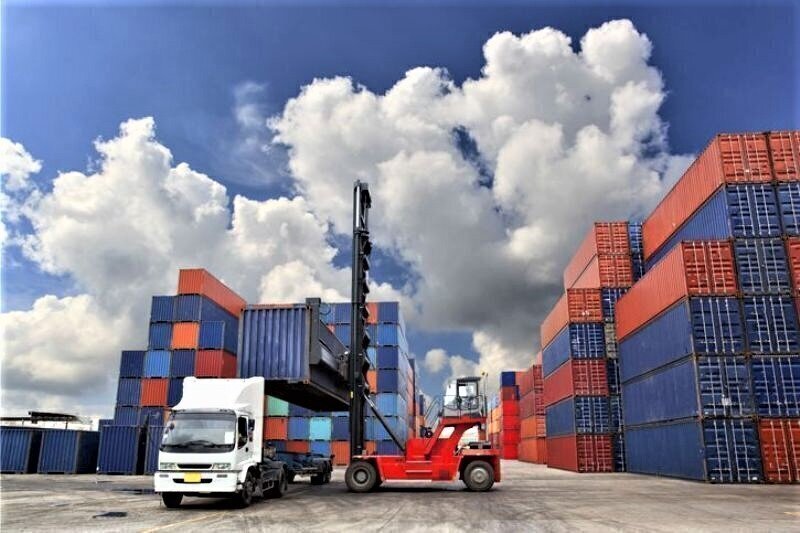Over 200,000 tons of non-oil goods exported from Zanjan in a year

TEHRAN- As announced by the director-general of Zanjan province’s Customs Department, 211,000 tons of non-oil commodities were exported from the province in the past Iranian calendar year 1403 (ended on March 20).
Stating that 43 items of non-oil goods were exported from Zanjan province last year, Zeyn-ul-Abedin Ganjkhaneh said: “Turkey, Iraq, and the UAE were the three main destinations for Zanjan's exports, and among the exported products, zinc ingots with a share of 54 percent, transformers with a share of 27 percent, and metal sections with a share of five percent were the province's major export goods.”
The official further announced that about 484 tons of non-oil products valued at over $154 million were imported to the province in the previous year, showing 61 percent rise in worth, and 46 percent growth in weight, year on year.
Last year, 41 types of non-oil goods were imported to the province, with three major items including pulp with a share of 23 percent, machinery and equipment with a share of 13 percent, and absorbent powder with a share of 12 percent being the largest imports of the province, he said, and continued that Turkey, the UAE, and Germany had the largest share of imports of the province.
As previously announced by an official with the Islamic Republic of Iran Customs Administration (IRICA), Iran exported over 152 million tons of non-oil goods worth $57.8 billion in the past Iranian calendar year.
This marked a 10 percent increase in volume and a 15.62 percent rise in value compared to the previous year, Abolfazl Akbarpour, the IRICA deputy head for planning and international affairs, stated.
Imports totaled 39.3 million tons valued at $72.4 billion, representing a 0.77 percent decline in weight but an 8.22 percent increase in value from the previous year. The result was a non-oil trade deficit of $14.6 billion, largely due to the import of over $8.0 billion worth of raw gold bars, which accounted for 11.12 percent of the total import value.
Iran’s main non-oil exports included natural gas, liquefied propane and butane, methanol, liquefied petroleum gases and hydrocarbon gases, and gas condensates.
Natural gas was the top export item, with an average customs value of $314 per ton.
Other leading exports were petroleum bitumen, urea, non-alloy iron and steel billets, iron or steel bars, and polyethylene.
The top destinations for Iran’s exports were China at $14.8 billion, Iraq at $11.9 billion, the United Arab Emirates at $7.2 billion, Turkey at $6.8 billion, Pakistan and Afghanistan at $2.4 billion each, and India at $1.9 billion. These seven countries accounted for $47.6 billion, or 82.3 percent of Iran’s total non-oil export value.
On the import side, essential goods such as corn feed, soybean meal, genetically modified soybeans, rice, and sunflower seed oil were among the top items. Other key imports included smartphones, tractors, and auto parts.
The UAE was Iran’s largest source of imports at $21.9 billion, followed by China at $19.3 billion, Turkey at $12.4 billion, Germany at $2.4 billion, India at $1.7 billion, Hong Kong at approximately $1.4 billion, and Russia at $1.3 billion. Together, these countries supplied goods worth $60.7 billion, or 83.8 percent of Iran’s total imports.
Akbarpour said the trade deficit could be largely attributed to the surge in gold imports, which on their own exceeded $8.0 billion.
MA
Leave a Comment